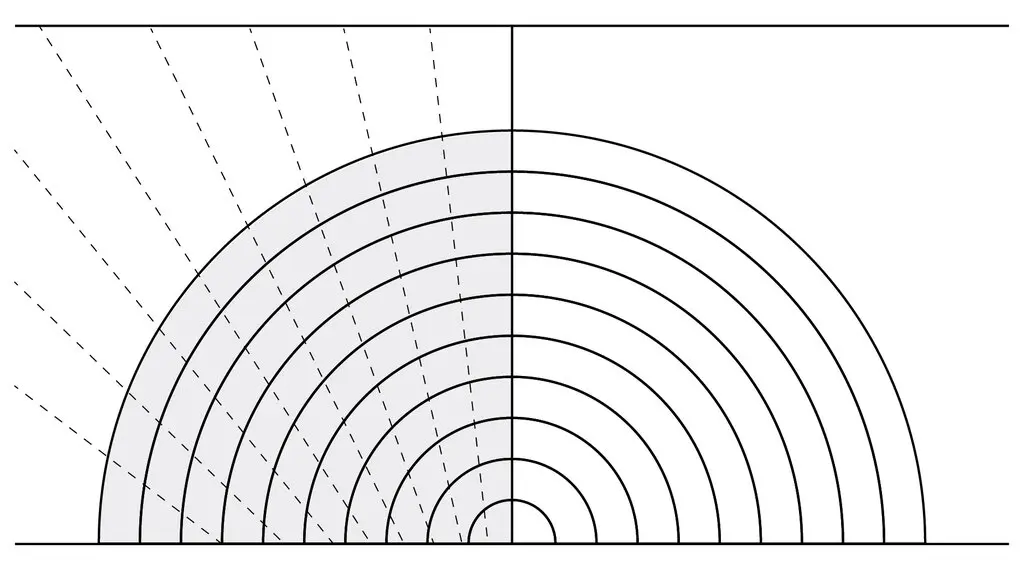In this edition’s feature, culinary expert Kenji López-Alt delves into an inquiry close to his heart: What’s the most mathematically precise technique for slicing an onion?
My culinary journey didn’t commence in a professional kitchen; rather, it began with a book, Jacques Pepin’s “La Technique,” which served as my initial guide. Reminiscent of today’s online tutorials, this book meticulously illustrates essential French culinary skills through a plethora of hands-only photographs. The onion-slicing method it espouses mirrors that taught in esteemed Western culinary institutions and has been adopted by the majority of cooks in my professional experience.
The process starts with trimming the onion’s top (opposite the root end) before halving it lengthwise. Subsequently, the resulting halves are peeled, with the outer layer often removed due to its toughness, as suggested by Mr. Pepin. These halves are then laid flat on the cutting board. Thus far, there’s little contention. However, discrepancies arise in the subsequent steps, which we’ll explore shortly.
Each half is then worked on individually, with Mr. Pepin’s method involving three cuts in different orientations to create cubic divisions within the onion. The initial cuts are made vertically, with the knife tip directed towards the root end, aiming to penetrate most of the onion while leaving each “slice” attached near the root. Due to the onion’s natural layering, the cuts result in evenly sized squares towards the center and elongated shapes towards the edges.
A second set of cuts is made horizontally to rectify this, once again aiming to maintain connections near the root. Finally, a series of parallel vertical cuts complete the process, ideally yielding a finely diced onion.

Over time, questions have arisen about the efficiency and uniformity of this technique. Is it truly the most effective way to achieve evenly diced onions with minimal strokes?
Modeling Onion Slicing
Recently, an alternative slicing method called the “radial” or “Lyonnaise” cut, advocated by Food52 and Alton Brown, has gained attention. This method involves angling the knife blade towards the onion’s center, resulting in a series of fan-like cuts. The rationale behind this approach lies in the onion’s radial symmetry, implying that knife strokes should align with its shape.

To ascertain which method reigns supreme, I collaborated with Rui Viana, a friend with a mathematics and computer science background from MIT, to construct computer models of onion cross-sections. These models simulated various cutting geometries and allowed us to calculate metrics such as the number and size distribution of onion pieces produced by each method.

The Verdict: Imperfect Solutions
Contrary to expectations, the radial cut method proved marginally inferior to the traditional approach. With knife strokes converging at a central point, the resulting onion pieces exhibited uneven sizes, particularly towards the center. However, even the classic method failed to achieve uniformity, with a standard deviation of approximately 48%.

So, is there a superior method?
In our subsequent simulations, we explored the impact of aiming the knife at a point below the cutting board surface, producing cuts between vertical and radial orientations. This adjustment proved pivotal. By analyzing the standard deviation of onion pieces against the knife’s aim point, we determined the ideal point to be approximately .557 onion radii below the surface. Put simply: angling the knife towards a point roughly six-tenths of an onion’s height below the cutting board surface significantly improves dice evenness.


